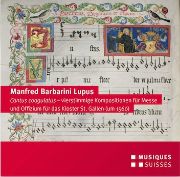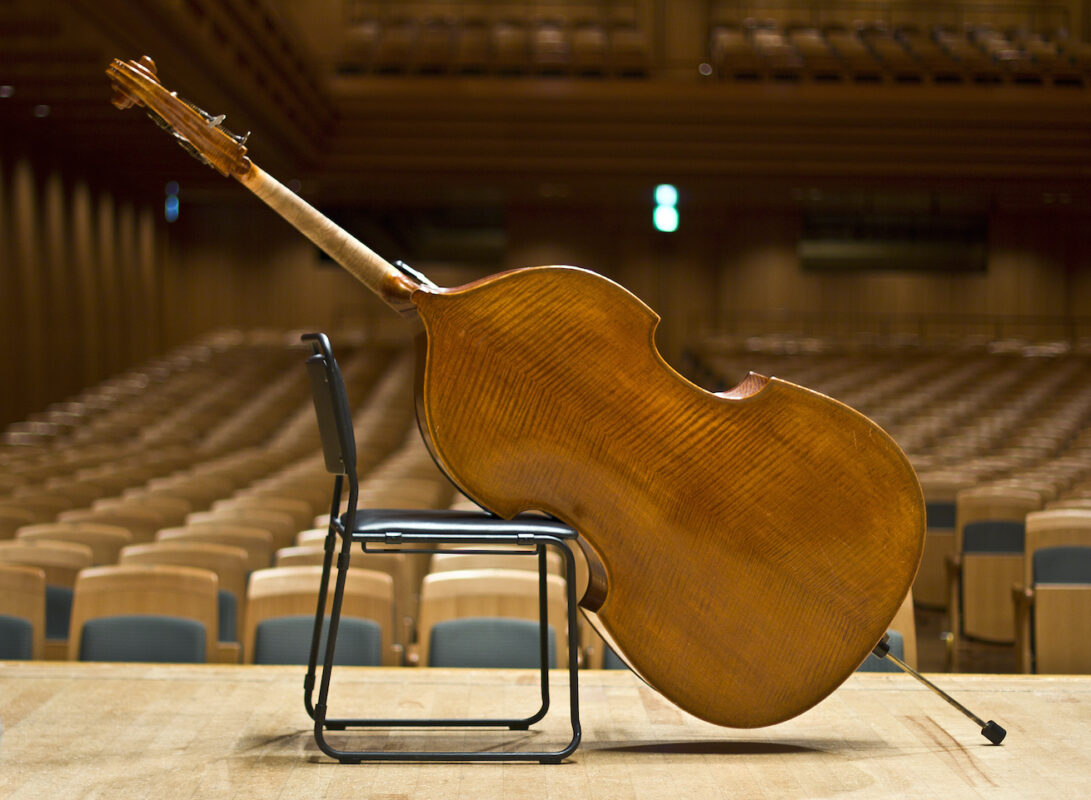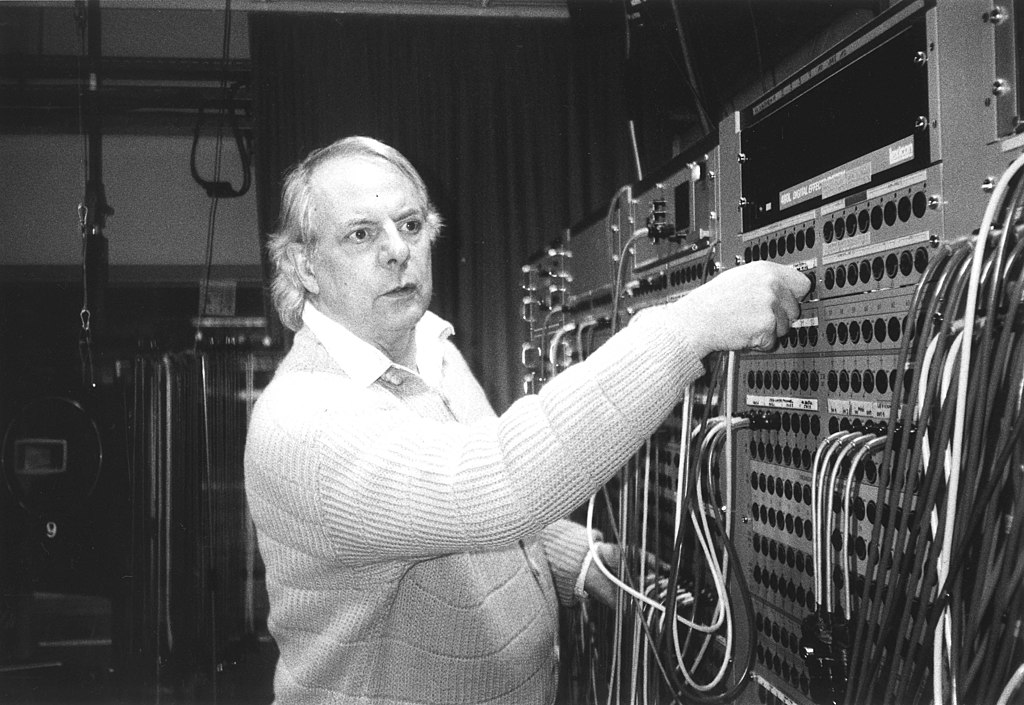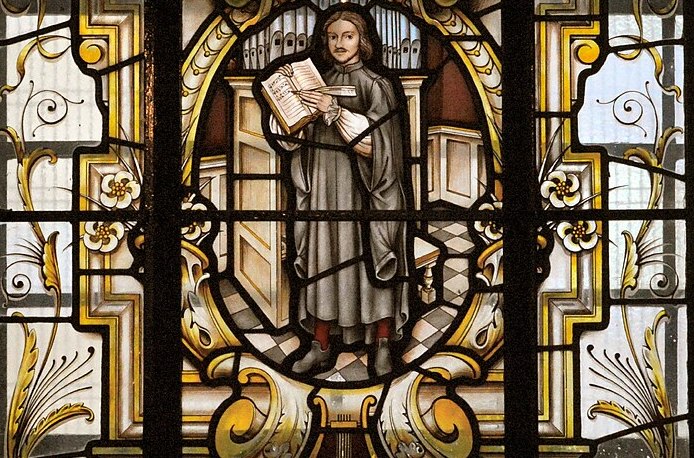450 years of church music in St. Gallen
The "Barbarini Codices" document the beginnings of polyphony. The Ordo Virtutum ensemble has recorded the masses, hymns and sequences.
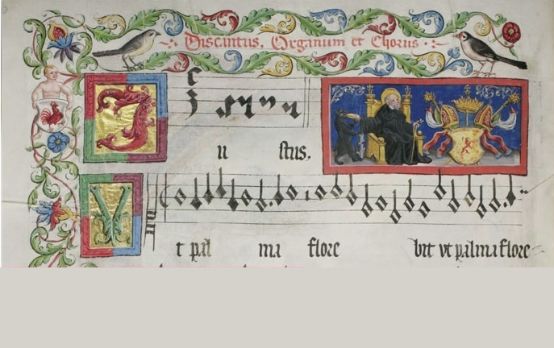
The monophonic Mass and Vespers chants for the feast days of the church year, which Manfred Barbarini Lupus composed for four voices on behalf of the monastery of St. Gallen from 1561-1563, may seem backward for their time, but they document an innovation in local music history. The composer from Correggio was called to the abbey specifically to introduce polyphony with this a cappella music. In the preface to Codex 443 from 1561, it is reported that the monks, who were used to singing in unison, resisted the suddenly prescribed polyphony.
After monastic life in the early 15th century had to be limited to two monks and the culture previously praised in the monastery of St. Gallen had died out, so to speak, Abbot Diethelm Blarer von Wartensee endeavored to revive it from 1530-1564 in the wake of the Counter-Reformation. The Barbarini Codices (542 and 543) in the Abbey Library are splendidly illustrated parchment manuscripts that contain four-part music in hufnagel and mensural notation in a choirbook arrangement (four parts on a double page each). Although book and music printing had already been invented in the 15th century and part books for each singer would have been a relief for the whole schola instead of a folio folded out on a lectern, great importance was attached to representation.
After Therese Bruggiser-Lanker in her dissertation Music and liturgy in the monastery of St. Gall in the late Middle Ages and Renaissance 2004 to the 204 compositions in the Barbarini Codices a co-production by the ensemble Ordo Virtutum under the direction of Stefan Johannes Morent with SWR 2, SRF 2 Kultur and the Abbey Library of St. Gall now makes it possible to hear a festive mass and vespers movements for St. Gall's Day, a hymn in honour of St. Othmar and a sequence by Notker I in exemplary quality.
The recording fulfills historically oriented ideas with eight male voices and interludes, played by Roland Götz on the replica of a canopy organ from 1559 by Johannes Rohlf.
The new release from Musiques suisses is recommended as wondrous music not only at Easter time.
Manfred Barbarini Lupus: Cantus coagulatus - four-part compositions for Mass and Office for the Monastery of St. Gall (around 1560). Musiques suisses MGB CD 6286






